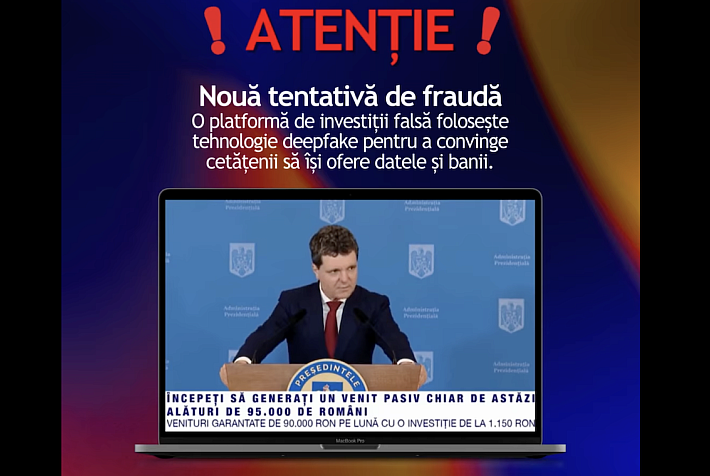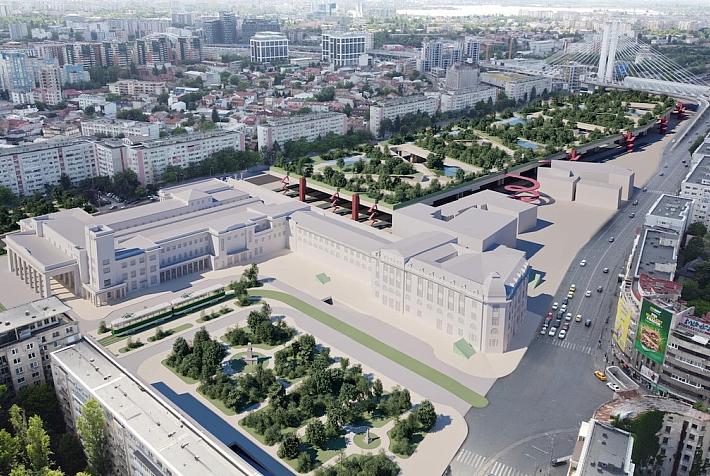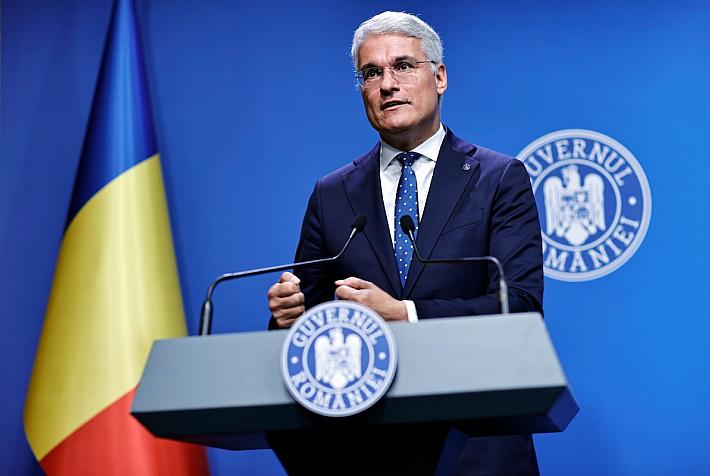The hidden health crisis: how to recognize if you’re in burnout

We’ve recently started to talk more about burnout, yet it remains a hidden health problem. That’s because people experiencing burnout often feel ashamed to speak about it. I know this firsthand, as I felt that same shame, in my professional life before becoming a psychologist.
I suffered from burnout while working as a media entrepreneur for over 10 years, and it burned me out. But few people knew about my burnout crises back then. At the time, I didn’t fully understand what was happening to me, mainly because no one around me was talking about it. I didn’t know anyone who had gone through what I was experiencing, and I hadn’t heard anyone speak publicly about it.
For a long time, I didn’t even know burnout existed. Later, when I discovered it — and accepted that it was real — I struggled to believe it was happening to me. I also resisted the idea because I lacked information, which made it harder for me to seek the help I needed.
I had to study burnout to truly understand and believe in it — because only through hard research did I find the information I needed. And I know that many people still question whether burnout is real, despite estimates that at least half of the global workforce could be suffering from it.
The World Health Organization (WHO) defines burnout as an occupational syndrome resulting from poorly managed chronic stress. It was included in WHO’s diagnostic manual (though not as a standalone diagnosis) in 2019.
However, burnout is not new. It has been studied in the United States since the 1970s, meaning burnout existed even 50 years ago. Now, as constant stress becomes a part of daily life and the world changes at a breakneck pace, burnout is all the more present in our reality. Yet, somehow, it remains hidden. In plain sight.
I am committed to talking more about burnout, both from what I’ve learned and studied, and from my personal journey of experiencing and recovering from it, as well as from working with others who are dealing with it.
How do we know if we’re experiencing burnout?
On the one hand, we have the guidance of the WHO and burnout research. The WHO identifies three main dimensions of burnout based on scientific literature: Exhaustion, Cynicism, and Inefficiency.
Exhaustion is often the most visible, manifesting physically, mentally, and emotionally. Symptoms include trouble concentrating, mental fog, decision-making difficulties, sleep problems, and constant fatigue.
Cynicism, or detachment, often appears as disconnection from others, from one’s work, colleagues, family, and friends. We begin to care less about what we do, lose empathy, and our relationships become transactional and hollow. We do the bare minimum across the board and stop caring.
Inefficiency, or reduced personal effectiveness, can feel subjective, like we’re no longer as effective as we once were, or it can be observed and measured externally, such as a drop in productivity or quality of work. Our results aren’t as good as they used to be.
In practice, I have also observed signs associated with burnout, like feeling overwhelmed even by simple tasks, frequent emotional outbursts, and unexplained physical symptoms, often psychosomatic.
People feel unable to mentally and emotionally disconnect from their work. Constant mental worry can lead to panic attacks, which usually prompt them to seek professional help.
There’s a feeling of not having enough time for everything, so self-care is sacrificed for work. People find it hard to motivate themselves for work and procrastinate or avoid tasks and meetings.
Often, people with burnout struggle to wake up in the morning and feel negative emotions about work from the moment they wake up, sometimes unable to get out of bed.
People who suffer from burnout find it hard to set future goals and may dream of an endless vacation. They feel isolated and struggle to talk about their issues, often feeling that no one else understands them, especially as it seems others are managing just fine (emphasis on it seems)
Since there is not yet an official diagnosis for burnout, in my practice, I use a validated international questionnaire to guide my interventions and track improvements in the three indicators: exhaustion, cynicism, and inefficiency. I also use clinical interviews in the first sessions to differentiate burnout from depression and anxiety, which often accompany burnout but can also occur independently.
Professional exhaustion, or burnout, is not “laziness,” as it’s sometimes labelled in certain professional environments. And it’s not simply tiredness, though it does involve persistent fatigue. It’s a complex condition — a mental health issue that directly impacts physical health.
When we’re disconnected from ourselves, as happens in burnout, we don’t realize we’re thirsty, hungry, sleepy, or in need of something until it’s too late (sometimes not at all), leading us to work far beyond our biological capacity. Our bodies begin to send increasingly intense signals in the form of various ailments. Often, we only take these signs seriously, more so than the constant fatigue, which becomes our default state and the condition in which we continue working, no matter how exhausting.
We can be in burnout for years, “barely keeping it together,” as they say. We might pull through burnout crises, somehow manage tough episodes, feel slightly better for a while, but eventually, we continue to sink deeper into suffering.
As humans, we are not biologically equipped to handle chronic stress. Our nervous system is designed to handle acute stress, with energy discharge and, necessarily, a period of resource replenishment afterward. Instead, we’re built for relaxation and connection with others, something that’s happening less and less in today’s world.
In future articles, we’ll explore what leads to burnout and how to recover from it.
Meanwhile, you can listen to stories about burnout on my podcast (in Romanian only for now), Renăscut, on Spotify or Apple Podcasts or at Renascut.ro.
You can also connect with me on LinkedIn Corina Chirileasa | LinkedIn, where I regularly publish new content. If you need support or just to share some ideas, you can reach out directly at corina@renascut.ro.
The 20 stressors in your work - ebook
---
This is Expert Content provided by Corina Chirileasa.
Corina Chirileasa is a clinical psychologist, trainer and coach and a burnout specialist. With over 15 years of experience in entrepreneurship and management, she now helps people to recover from burnout, depression, anxiety, as well as make the life shifts they want to make, in a safe and sustainable way. She has multiple specializations in psychological counselling and her guidance and techniques adapt to the needs of the people she works with.
Disclaimer: Corina is the co-founder of Romania-Insider.com. She is no longer involved in the company’s operations.











